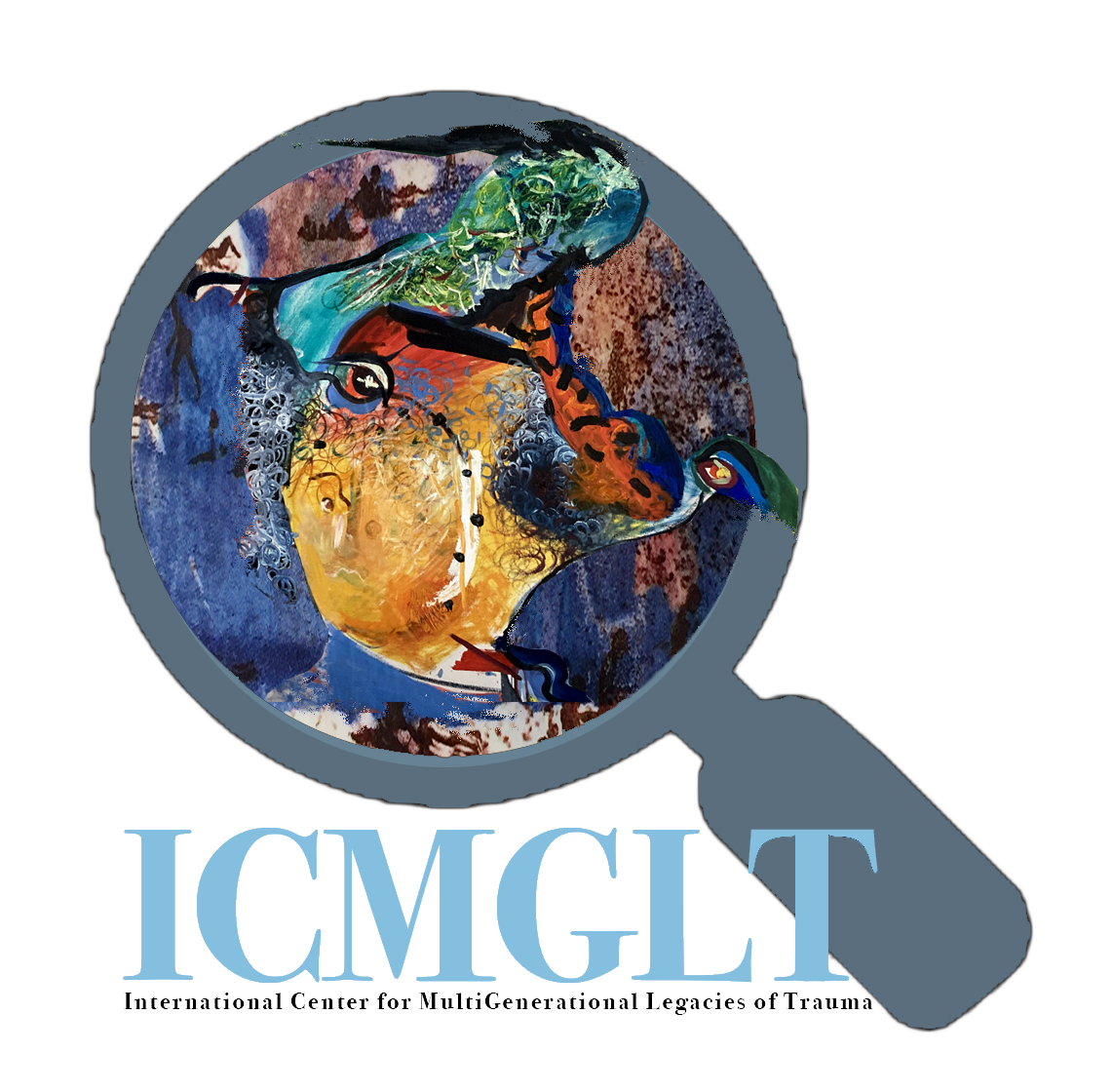Divided Community Project and Mershon Center for International Security Studies, Working Together To Advance Racial Equity: Planning Truth Commissions and Other Initiatives (2021) CC BY-NC-SA 4.0.
Summary
A confluence of events, including a pandemic, protests, and business and school closings disrupted our country in 2020 and, despite deep political differences, there is broadened support for structural changes
to advance racial equity. This may be an ideal time for Americans to pursue this goal at the local, state, and national levels. A multi-pronged, sequenced approach has a mutually reinforcing effect. Whether it is called a truth commission or something else – that process facilitates the collaborative problem-solving over a period of years to achieve the equitable society that will afford each person the opportunity to thrive.
There is no single blueprint for the kind of transformative process that seeks to provide equity and “raises all boats.” Planners will tailor the process to the context and their goals. Promising ideas for planners dealing with the inevitable challenges that arise in an initiative to advance racial equity include:
Now: Seize this ripe moment by beginning
the planning and the initiative quickly but acknowledge publicly the determination to be flexible as those involved continue to learn more, encounter rough spots, and find new opportunities (Chapter 1).
advancements in racial equity when choosing projects, members, language, support for community members to engage, participation options, and sequencing (Chapter 4)
Sequencing: Prioritize important
and urgently-needed changes that
can be implemented quickly, while
exploring the levers for deep and
broad change in economic, policy, and legal structures that can be achieved with persistence over the long term. In addition to structural change, goals might include racial healing, a shared narrative on racial injustices, advancement of public understanding of the realities faced by fellow Americans, a reckoning for the past, and recommendations for a path to pursue beyond the life of the initiative. Sequence these objectives over the years of the initiative so that they will be mutually reinforcing, reach the most important aims, and maintain broad-based enthusiasm and momentum (Chapter 2).
First steps: Select a thoughtful, knowledgeable, and representative planning group. Identify values that will guide the planners’ work. Establish communications with allied groups. Identify opportunities and challenges. Define tentatively the deliberative group and how others can fit into that process. Create the starting model in terms of leadership, members, name, institutional home, funding, and initial projects, leaving flexibility to adapt during the early process (Chapter 3).
Engage a coalition for change: Consider the need to listen, learn, and gain support for
Develop priorities for dealing with the past, present, and future: Define what a future with racial equity will be like and develop a strategy for keeping that in focus. Agree on the initiative’s goals regarding understanding the past and present injustices, dealing with injustices,
and educating of the public regarding them. Sequence initiatives to reflect practical issues and priorities (Chapter 5).
Determine the approach to past injustice: Decide whether this or a separate initiative will deliver justice for past racial injustice and, if undertaking this initiative, the timing, framing, focus, and resources for doing so (Chapter 6).
Plan and begin the racial healing: Define goals. Consider the means to reach these goals that might include reducing racial separation, storytelling, reconciling discussion groups, creating rituals, transformation of symbols,
and developing aspirations for a shared future (Chapter 7).
Review a checklist: The list of questions in Chapter 8 reminds planners of choices they will make to fit their context and achieve their goals to advance racial equity.

